the original vermouth dry 1863
ushally, we prefer the real thing, wine without sulfur based preservatives, real butter, not margarine, and so we'd like our layouts and designs to be filled with real words, with thoughts count.
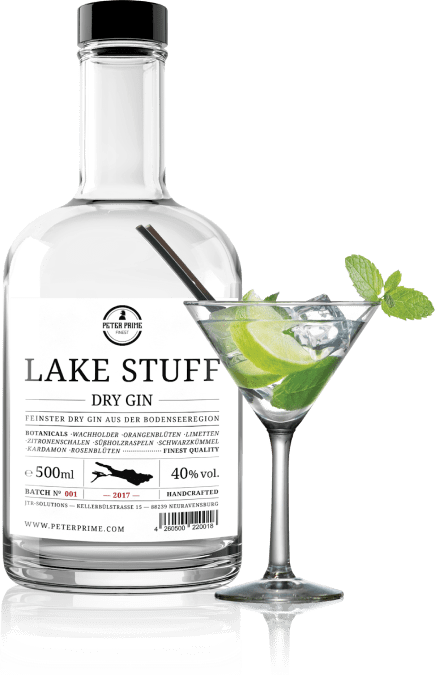
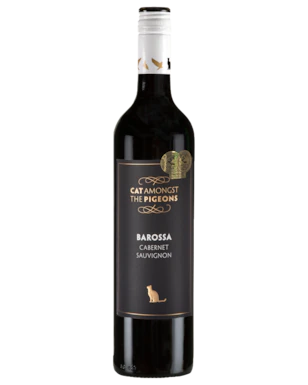
Barossa Cabernet Sauvignon
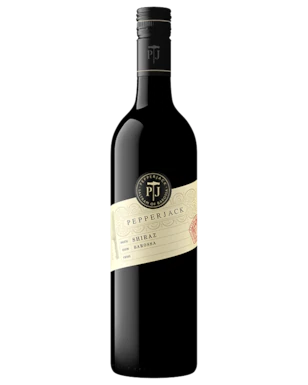
Shiraz
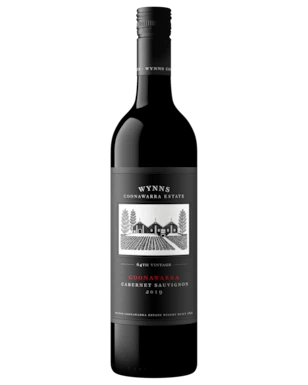
Black Label Cabernet Sauvignon 2019
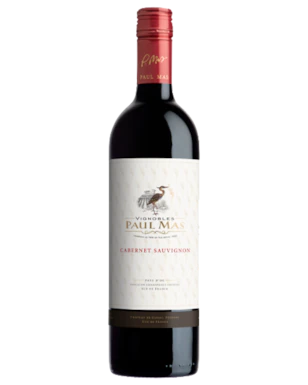
Cabernet Sauvignon
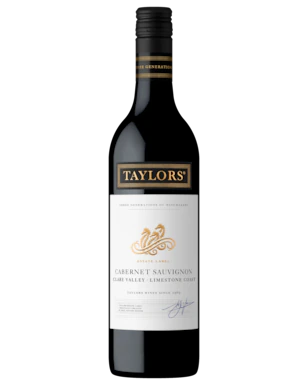
Estate Cabernet Sauvignon
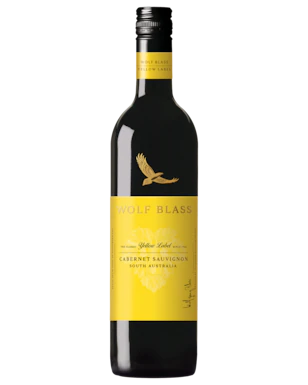
Yellow Label Cabernet Sauvignon
Our Brands






Bar menu | Wine list | Beer selection | Craft cocktails
Bar menu
The Art of the Bar Menu: Crafting the Perfect Drink Experience 🍹🍸
A well-designed bar menu is essential for both enhancing the customer experience and showcasing a venue’s unique identity. It serves as a roadmap for patrons navigating the diverse offerings of cocktails, wines, and other beverages. Let’s explore the elements that make a bar menu effective and engaging. See the homepage
Several studies suggest that moderate wine consumption may be linked to a lower risk of heart disease. Wine can increase the levels of high-density lipoprotein (HDL), the “good” cholesterol, and may help to prevent arterial damage. The polyphenols in wine can also improve endothelial function and reduce blood pressure. Our restaurant experts provide tips and examples in this eight-step guide on how to create a bar menu.
Encourage customer interaction through tastings or cocktail-making classes. Share the story behind each cocktail, the inspiration, or the origin of the spirits used. This connection builds loyalty and enhances the overall experience. Explore a refined bar menu featuring scotch, port.
Bar menu
Understanding Your Audience 🎯
When creating a bar menu, it’s vital to know your target audience. Are you catering to cocktail aficionados, casual drinkers, or perhaps a wine-loving crowd?
Creating a well-thought-out bar menu is crucial for any establishment looking to provide an exceptional drinking experience. A thoughtfully curated menu not only showcases your offerings but also reflects your brand’s identity and meets the preferences of your clientele. Here’s a comprehensive guide on how to select the right items for your bar menu.
Tailoring your menu to fit the preferences of your clientele can significantly enhance their experience. For instance, a trendy rooftop bar might focus on creative and Instagram-worthy cocktails, while a neighborhood dive may keep it simple with classic drinks.
Creating a signature cocktail menu can set your establishment apart. Highlight unique creations that reflect the philosophy of your bar or restaurant. Consider thematic menus based on seasons, holidays, or even local culture and history.
Wine can be a delightful addition to a balanced diet and lifestyle, offering potential health benefits when enjoyed responsibly. 🍷✨ Always consult with a healthcare professional if you have concerns about alcohol consumption and its effects on your health. bartender courses
Moderate wine consumption has been associated with a reduced risk of type 2 diabetes. The resveratrol in wine may improve insulin sensitivity, which can help regulate blood sugar levels. However, it’s crucial to balance wine intake with a healthy lifestyle.
Incorporating seasonal and locally sourced ingredients into your bar menu can add unique character to your offerings. Use fresh fruits, herbs, and spices to create vibrant cocktails that reflect the flavors of the season. This not only enhances the taste but also supports local farmers and businesses. 🌿🍊
Before you start selecting items for your bar menu, it’s essential to have a clear understanding of your bar’s concept. Are you a cozy neighborhood pub, a sophisticated cocktail lounge, or a vibrant tiki bar? Your menu should resonate with the ambiance and theme of your establishment. 🌟
A great bar menu is more than just a list of drinks; it’s an experience that reflects your bar’s identity, captivates your audience, and drives sales. Whether you’re launching a new bar or refreshing an existing menu, focusing on quality, variety, and creativity is key. Here’s a guide to crafting the best bar menu that will leave your guests coming back for more. 🌟
Establish a pricing strategy that reflects the quality of your ingredients and the demographic of your clientele. Consider offering tiered pricing for drinks based on complexity and ingredient costs. Happy hour specials and signature cocktail discounts can attract more guests during slower times. read about us
Wine list
A well-curated wine list is essential for any restaurant, winery, or wine shop. It not only enhances the dining experience but also showcases your expertise and helps customers make informed choices. Here are some key components to consider when creating an enticing wine list.
- Red Wines: Include a range from light-bodied (like Pinot Noir) to full-bodied (like Cabernet Sauvignon), and explore different regions such as Bordeaux, Napa Valley, and Tuscany.
- White Wines: Feature options such as crisp Sauvignon Blanc, rich Chardonnay, and aromatic Riesling. Don’t forget to include wines from various regions.
- Rosé and Sparkling Wines: These are increasingly popular and can appeal to a broader audience. Include options like Provençal rosé and Champagne or local sparkling wines.
- Dessert Wines: Consider adding wines like Port or Sauternes for those looking to finish their meal on a sweet note.
Consider offering beer flights that allow customers to sample a selection of different beers. This encourages exploration and can appeal to those unsure of what to choose.
Identifying your target demographic is key to curating a successful bar menu. Consider factors like age, preferences, and spending habits. Are your patrons adventurous drinkers, or do they prefer classic cocktails? Tailoring your selection to the tastes of your audience will enhance their experience and increase sales.
Crafting Your Signature Cocktails 🍹✨
Signature cocktails can become a bar’s hallmark. They often reflect the establishment’s theme or the personality of the bartender. When crafting signature drinks, consider:
- Unique Ingredients: Use fresh, local, or artisanal ingredients to create standout flavors.
- Creative Names: Catchy names can pique interest and encourage patrons to try something new.
- Presentation: Visual appeal is key! Garnishes, glassware, and color can make a drink more inviting.
Wine list
Depending on your establishment’s theme, you can emphasize wines from specific regions. For example, a French restaurant might highlight wines from Burgundy and Bordeaux, while a modern bistro could mix local wines with international selections.
A well-rounded bar menu typically includes:
- Cocktails: Offer a mix of classic and signature craft cocktails. Highlight seasonal ingredients and unique flavors to keep it fresh and exciting.
- Beer Selection: Feature local craft beers alongside popular mainstream options. Consider including a rotating tap for seasonal or limited-time brews.
- Wine List: Curate a diverse selection of wines, including reds, whites, rosés, and sparkling options. Offer both by the glass and bottle to cater to different preferences.
- Non-Alcoholic Options: Cater to all patrons by including mocktails, sodas, and artisanal non-alcoholic beers or spirits. This inclusivity shows that you value every guest’s experience. 🍹✨
Include beers at various price points to accommodate all customers. Clear pricing can make it easier for patrons to choose something that fits their budget.
Organizing the Menu 🗂️
A well-structured menu makes it easy for customers to find their desired drink. Here are some common sections:
- Cocktails: Divide this section into categories, such as classic cocktails, house specials, and seasonal offerings.
- Beer and Cider: List local craft breweries alongside popular imports to celebrate regional flavors.
- Wines: Offer a brief description of available wines, highlighting varietals and pairings.
- Non-Alcoholic Options: Cater to those who prefer non-alcoholic beverages, such as mocktails, sodas, and juices.
Include brief tasting notes and food pairings for each wine. This helps customers understand the flavor profiles and makes it easier for them to choose a wine that complements their meal.
- Signature Cocktails: Create a new cocktail each month that features seasonal ingredients.
- Themed Nights: Host events with drink pairings, such as trivia nights with special discounts on certain cocktails or beers.
- Tasting Flights: Offer tasting flights for beer, wine, or whiskey to encourage exploration and enhance customer engagement. 🥃✨ let’s contact with us
Beer selection
Using enticing descriptions can elevate the appeal of drinks on a menu. Instead of simply listing ingredients, describe the taste, aroma, and experience. For example:
“A refreshing gin and tonic infused with aromatic herbs and zesty lime, served over ice for the perfect balance of bitterness and zest.”
Provide tasting notes that describe the aroma, flavor profile, and mouthfeel of each beer. Offer food pairing suggestions to enhance the dining experience and help customers find the perfect match for their meals.
Emerging studies indicate that moderate wine consumption may enhance cognitive function and reduce the risk of neurodegenerative diseases, such as Alzheimer’s. The antioxidants in wine may help protect brain cells and reduce inflammation.
Offer wines at various price points to accommodate all customers. Clearly categorize them into different price tiers, ensuring that there’s something available for both budget-conscious diners and those looking to splurge.
Your bar menu should align with the overall concept and theme of your establishment. Whether you’re a chic cocktail lounge, a rustic dive bar, or a trendy gin and tonic bar, your drinks should tell a story. Use your theme as a foundation to choose the types of beverages and style of presentation that will resonate with your clientele.
Enjoying a glass of wine can be a great way to unwind and reduce stress. Wine has been shown to have relaxing effects, which can contribute to overall mental well-being when consumed moderately. Read about Whisky
Beer selection
Healthier for Consumers: By avoiding synthetic chemicals, organic wines may be a healthier choice for consumers. Many people report fewer allergic reactions and sensitivities with organic options.
Environmental Sustainability: Organic farming practices reduce chemical runoff into waterways and promote soil health, making it a more sustainable choice for the environment.
Support for Local Farmers: Many organic wines are produced by small, family-owned vineyards that prioritize sustainable practices and local economies.
Biodiversity and Ecosystem Health: Organic vineyards often foster the growth of diverse plant and animal species, contributing to a balanced ecosystem.
Pricing can impact patron perception and overall sales. Consider local market rates, ingredient costs, and target demographics when setting prices. Offering a range of pricing options can accommodate varied budgets—think high-end cocktails alongside affordable daily specials.
Creating a balanced and appealing wine list requires understanding your audience and showcasing a diverse selection of wines. By including thoughtful descriptions, pairing suggestions, and training your staff, you can elevate the wine experience for your customers. Cheers to crafting a fantastic wine list! 🥂✨
Craft cocktails
Adjust your beer list based on the seasons. Lighter beers and wheat ales are perfect for summer, while rich stouts and hearty ales can be featured in the fall and winter. This keeps your menu fresh and encourages repeat visits.
Seasonal and Rotating Menus 🌱🍂
Changing your menu seasonally keeps the offerings fresh and engages repeat customers. Highlighting seasonal ingredients can create excitement and encourage patrons to try limited-time items. Additionally, rotating drink specials can draw in crowds for special events or themed nights.
The visual appeal of your drinks can make a significant difference. Invest in stylish glassware and garnishes that enhance the drink’s aesthetics. A well-presented cocktail will not only delight your customers but also encourage them to share their experience on social media!
Visual Appeal and Design 🎨
The design of the bar menu should reflect the overall aesthetic of the venue. Use a cohesive color scheme and fonts that align with the brand identity. High-quality images can enhance visual appeal, but be careful not to overcrowd the menu. A clean and organized layout is key.
- Lagers: Light and crisp, lagers like Pilsners and Helles are great introductory options for those new to craft beer.
- Ales: This broad category includes everything from Pale Ales and IPAs (India Pale Ales) to more complex styles like Belgian Ales and Brown Ales.
- Stouts and Porters: Dark beers with rich flavors and varying degrees of sweetness can appeal to those who enjoy robust, full-bodied drinks.
- Wheat Beers: Light and refreshing, styles like Hefeweizen or Witbier can be a hit, especially in warmer months.
- Sours and Wild Ales: These unique styles have gained popularity and can attract adventurous drinkers.
Wine, especially red wine, is packed with antioxidants, such as flavonoids and resveratrol. These compounds help to combat oxidative stress in the body, which can damage cells and contribute to aging and chronic diseases. Resveratrol, in particular, has gained attention for its potential to promote heart health.
Showcasing local or regional breweries can create a sense of community and give patrons the chance to explore nearby flavors. Consider rotating taps to highlight seasonal or limited-edition brews. Types of Whisky

Craft cocktails
Ensure that your staff is well-trained on the menu. They should be able to describe each drink, recommend pairings, and suggest alternatives based on customers’ preferences. Knowledgeable staff can significantly enhance the customer experience and drive sales.
Conclusion: Elevating the Experience 🍷🥳
Train your staff on the beers available so they can confidently recommend options, suggest food pairings, and answer customer questions. A knowledgeable team enhances the overall experience and can drive beer sales.
A thoughtfully crafted bar menu can enhance the overall experience for patrons, encouraging them to explore and enjoy your bar’s offerings. By understanding your audience, focusing on quality and creativity, and presenting a visually appealing menu, you’ll create a welcoming environment that leaves guests eager to return for another round!
Creating an exceptional beer selection requires a mix of variety, local focus, and customer insight. By offering a diverse range of styles, providing helpful information, and training your staff, you can enhance the drinking experience and draw in both new and returning customers. Cheers to a well-crafted beer menu! 🍻✨
Some research has suggested that moderate wine drinkers may live longer than those who do not consume alcohol at all. The antioxidants in wine help reduce inflammation and improve heart health, which could contribute to a longer life.
Keep your beer selection dynamic by regularly updating it with new offerings or seasonal taps. Engage with local breweries to bring in special releases and promote them effectively. Whisky making
Selecting items for your bar menu is an art that blends creativity, strategy, and a deep understanding of your customers. By carefully curating your offerings and focusing on quality, seasonal ingredients, and presentation, you can craft a bar menu that leaves a lasting impression. Cheers to serving great drinks and creating unforgettable experiences! 🍻🥂




